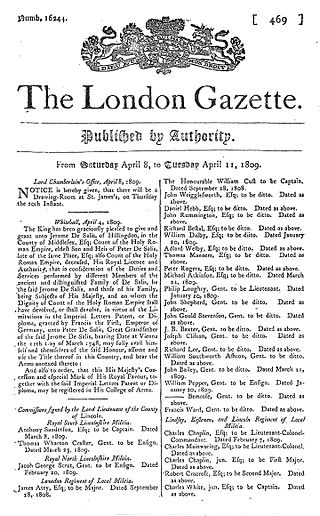
William James Farrer was a leading English Australian agronomist and plant breeder. Farrer is best remembered as the originator of the "Federation" strain of wheat, distributed in 1903. His work resulted in significant improvements in both the quality and crop yields of Australia's national wheat harvest, a contribution for which he earned the title 'father of the Australian wheat industry'.

Queanbeyan is a city in the south-eastern region of New South Wales, Australia, located adjacent to the Australian Capital Territory in the Southern Tablelands region. Located on the Queanbeyan River, the city is the council seat of the Queanbeyan-Palerang Regional Council. At the 2021 census, the Queanbeyan part of the Canberra–Queanbeyan built-up area had a population of 37,511.

Weetangera is a suburb in the Belconnen district of Canberra, located within the Australian Capital Territory, Australia. The suburb covers an area of approximately 158 hectares. Located approximately 10 kilometres (6.2 mi) north-west of the city, Weetangera is bounded by Springvale Drive to the south and west, Coulter Drive to the east and Belconnen Way to the north. The Pinnacle Nature Reserve, a Canberra Nature Park is adjacent to the south of the suburb, across Springvale Drive.

Farrer is a suburb in the Canberra, Australia district of Woden. The postcode is 2607.

Tharwa is a village in the district of Paddys River, in the Australian Capital Territory in Australia. It is situated on the southern side of the Australian Capital Territory, 35 kilometres (22 mi) south of Canberra. At the 2021 census, Tharwa had a population of 82.

John Joseph Cusack was an Australian politician and businessman. He was a member of the Australian Labor Party (ALP) for most of his career and served in the New South Wales Legislative Assembly (1910–1917) and House of Representatives (1929–1931).

Jerome de Salis, Count de Salis-Soglio, DL, JP, FRS, Illustris et Magnificus, was an Anglo-Grison noble and Irish landowner.

William Andreas Salius Fane de Salis was a British businessman, colonialist, and barrister.
De Salis is the surname of an old noble family from Grisons, Switzerland.
Cuppacumbalong is an historic homestead located near the southern outskirts of Canberra in the Australian Capital Territory. It is also the name of a former 4,000-acre (16 km2) sheep and cattle grazing property that surrounded the homestead near the junction of the Murrumbidgee and Gudgenby Rivers. The word Cuppacumbalong is Aboriginal in origin and means 'meeting of the waters'. One of the property's early owners Leopold Fane De Salis made a noteworthy contribution to political life during colonial times and furthermore, Cuppacumbalong has strong connections to the life of William Farrer, the father of the Australian wheat industry.

Lambrigg is an historical property close to Tharwa in the Australian Capital Territory which is listed by the ACT Heritage Council as a place of historical significance. It was the residence of William James Farrer who made a major contribution to the wheat industry by developing a strain of wheat that was resistant to wheat rust. Lambrigg was the site where Farrer conducted his work on genetic selection for his wheat varieties.

Count de Salis-Soglio is a continental title of nobility that was recognized in the United Kingdom for a Swiss family which became British Subjects when Jerome, 2nd Count de Salis, was naturalized by private Act of Parliament in 1741.
George Henry Greene was an Irish-born Australian politician.
Alfred Allen was an Irish-born Australian politician.
George Fane De Salis was an Australian politician.

James Merriman was an Australian cooper, whaler, publican, shipowner, alderman, mayor of Sydney and member of the New South Wales Parliament.
Leopold William Jerome Fane De Salis was an Australian politician.
Leopold De Salis may refer to:

William Foster (1794–1866) was an Australian lawyer and politician who was Solicitor General for New South Wales and member of the New South Wales Legislative Assembly.
William Griffith 'Bill' Dovey QC was a judge of the Family Court of Australia from 1976 to 1989. Alongside his extensive career specializing as a Sydney barrister and later as a judge in family law, he was a member of the Royal Australian Naval Volunteer Reserve.













